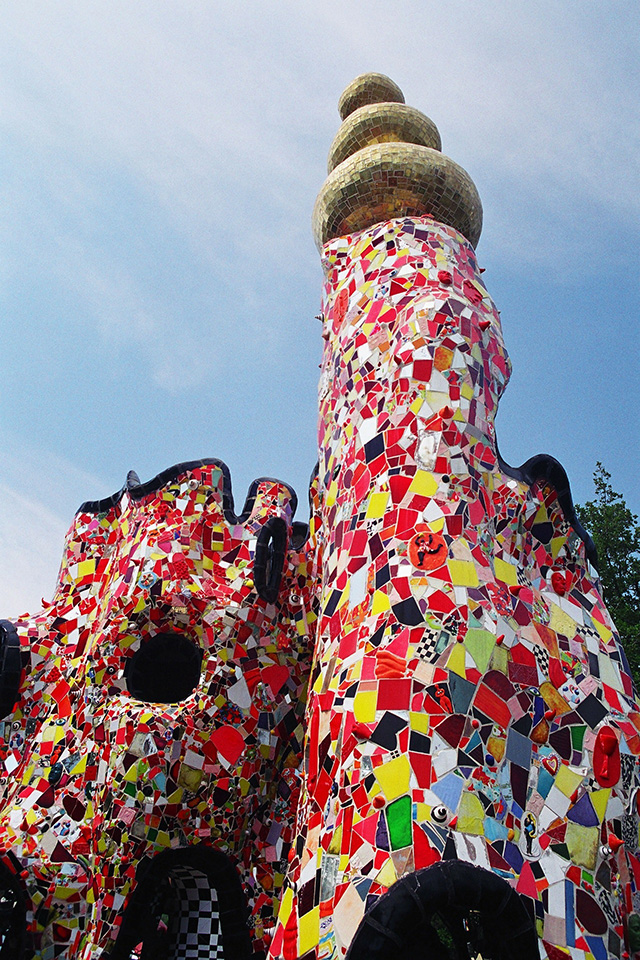
Land Art and Minimalism
In the 1960s, from the New Dada was born Pop Art, which celebrated and criticised at the same time the modernity and everything that was conform. In the same years, Body Art, Land Art, and Minimal Art also burst into the art scene: all conceptualisms that deny the artwork as an object.
With the creation of the Fuseum in 1960 (a sculpture park that recalled an experiment carried out during the 1950s in his house at the seaside in Ansedonia), Brajo Fuso conveyed typical elements of the Modernism by Gaudì, as Niki de Saint Phalle in the Giardino dei Tarocchi did some years later. In certain aspects, the Fuseum is closed to the concept of Land Art (or Earth art): it suggests a type of art at everybody’s disposal, as Land artists wanted.
The traumatic post-war period disappeared in the mid-1960s; in the 1970s, Brajo Fuso tried to interpret the arrival of Minimalism. Through the Legni collection, he gave the definition of a regular and abstract concept that recalled the Structuralism of the early 1900s (for example, Mondrian). Fuso tried to find rationality but always including his extravagances. One thing only will be constant: the use of recycled objects.






